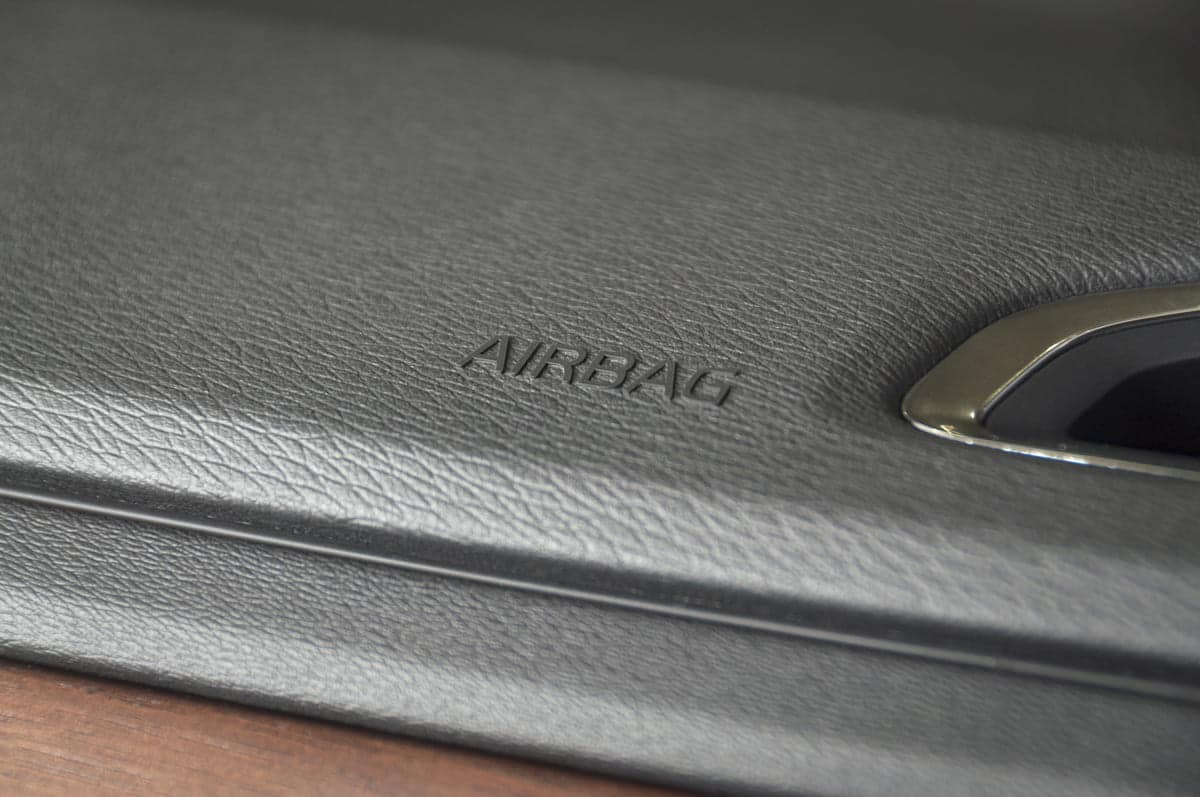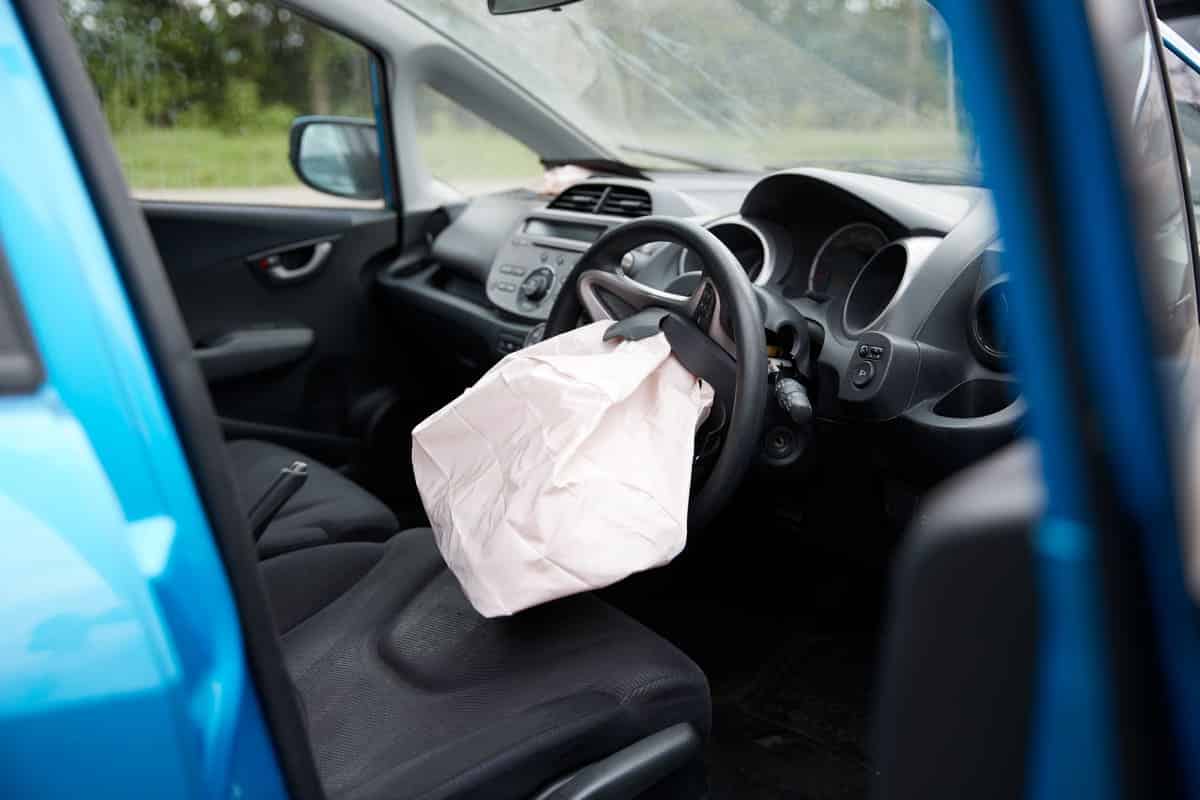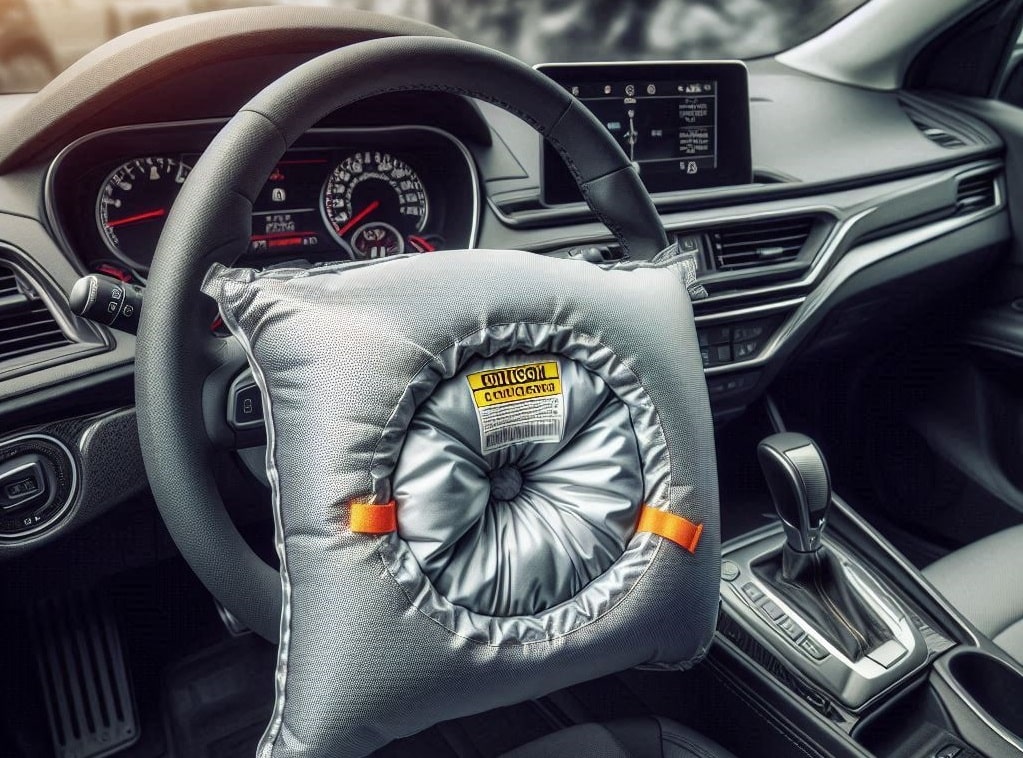Developed to make the vehicle occupant safer, airbags have come a long way since they were first invented. They deploy in an instant in case of a crash and reduce the risk of serious injury. Modern systems have multiple airbags for maximum protection in different types of crashes.
What Are Airbags in a Car?
Airbags also known as supplementary restraint system is features in cars that protect occupants during crashes. They inflate in seconds upon impact and cushion the force on the passengers. Airbags work with seatbelts to reduce injuries.
Sensors detect a crash and trigger the airbags. These sensors make sure airbags only deploy when necessary. There are different types of airbags – frontal, side, knee, and curtain airbags.
Frontal airbags protect against head-on collisions. Side airbags protect passengers from side impacts. Knee airbags protect the lower body, while curtain airbags cover the windows to prevent head injuries. Each one adds to the overall car safety.
References
- Airbag. Wikipedia. Retrieved from
- What is an Airbag in a Car?. Digit. Retrieved from
The History of Airbags
The history of airbags goes back to the 1950s. John W. Hetrick and Walter Linderer patented their designs in 1953. They wanted to create a device that would inflate automatically upon impact to protect car occupants.
Early designs had technical issues like reliable sensors and inflation mechanisms. In the 1970s, technology improved and airbags became more feasible. General Motors started testing airbags in the Chevrolet Impala in 1973.
By the late 1980s, manufacturers like Chrysler made driver-side airbags standard. In the 1990s, regulations mandated dual front airbags in all US cars making it common. Over time, side and curtain airbags were added for more safety.
References
- History of Airbags. ThoughtCo. Retrieved from
- Airbag: History. Wikipedia. Retrieved from

How Do Airbags Work in a Car?
Airbags in a car work in a sequence of events that happens in milliseconds. Here’s how they work:
- Crash Detection: Sensors around the vehicle detect a crash. These sensors measure sudden deceleration or impact forces.
- Signal : Once the sensors detect a crash, they send an electrical signal to the airbag control unit (ACU).
- Trigger Activation: The ACU processes the signal and sends a command to the inflator system in the airbag module.
- Inflation: The inflator ignites a small amount of chemical propellant and produces gas quickly. This gas inflates the airbag.
- Deployment: The airbag bursts through its cover and expands fully in front of the passenger to cushion the impact.
- Deflation: After deployment, the airbag deflates quickly through small holes so passengers can move and exit the vehicle safely.
Each step ensures the airbag deploys at the right moment for maximum protection.
References
- Airbags. IIHS. Retrieved from
- How Airbags Work. HowStuffWorks. Retrieved from
How Many Types of Car Airbags?
Moto vehicle airbags come in several types, each designed to protect different parts of the body in different crash scenarios. Here are the main types:
- Frontal Airbags: These deploy from the steering wheel and to protect the driver and front passenger in head-on collisions.
- Side Airbags: Located in the side of the seats or doors, these protect the torso and pelvis in side impacts.
- Curtain Airbags: These drop down from the lining to cover the windows, protect occupants’ heads in side collisions and rollovers.
- Knee Airbags: Positioned below the dashboard, these protect the knees and legs of the driver and front passenger in frontal impacts.
- Rear Airbags: These can be installed in the back seats to provide additional protection for rear passengers in front or side collisions.
- Seatbelt Airbags: Integrated into the seatbelts, these provide additional cushioning to reduce chest injuries in a crash.
Each type is important for overall vehicle safety.
Reference
- Car Safety 101: Different Types of Airbags. Autotrader. Retrieved from

How Many Airbags Are in a Car?
The number of airbags in a car varies by model and manufacturer. Modern cars have multiple airbags. Here’s a breakdown:
- Standard Cars: Most cars have at least 6 airbags. These are frontal airbags for the driver and front passenger, side airbags and curtain airbags.
- Luxury Cars: High end cars have additional airbags like knee airbags, rear passenger airbags and seatbelt airbags. Some luxury cars have up to 10 or more airbags.
Manufacturers are always innovating to improve occupant protection so airbag configurations vary across car models.
References
- Air Bags. NHTSA. Retrieved from https://www.nhtsa.gov/vehicle-safety/air-bags
What is the Importance of Airbags in Cars?
Airbags are vital in vehicle safety by protecting occupants in collisions. Their importance includes:
- Injury Reduction: Airbags cushion and absorb impact forces, reducing the risk of serious injuries to passengers’ heads, necks and chests.
- Fatality Prevention: Airbags can reduce the likelihood of fatalities in severe crashes by providing a barrier.
- Complementing Seatbelts: Airbags work with seatbelts to provide complete protection so occupants stay in a safer position during a crash.
- Higher Safety Standards: Multiple airbags meet safety regulations and higher vehicle safety ratings.
- Peace of Mind: Knowing a car has an advanced airbag system gives drivers and passengers more confidence on the road.
These factors highlight the critical role airbags play in modern automotive safety.


